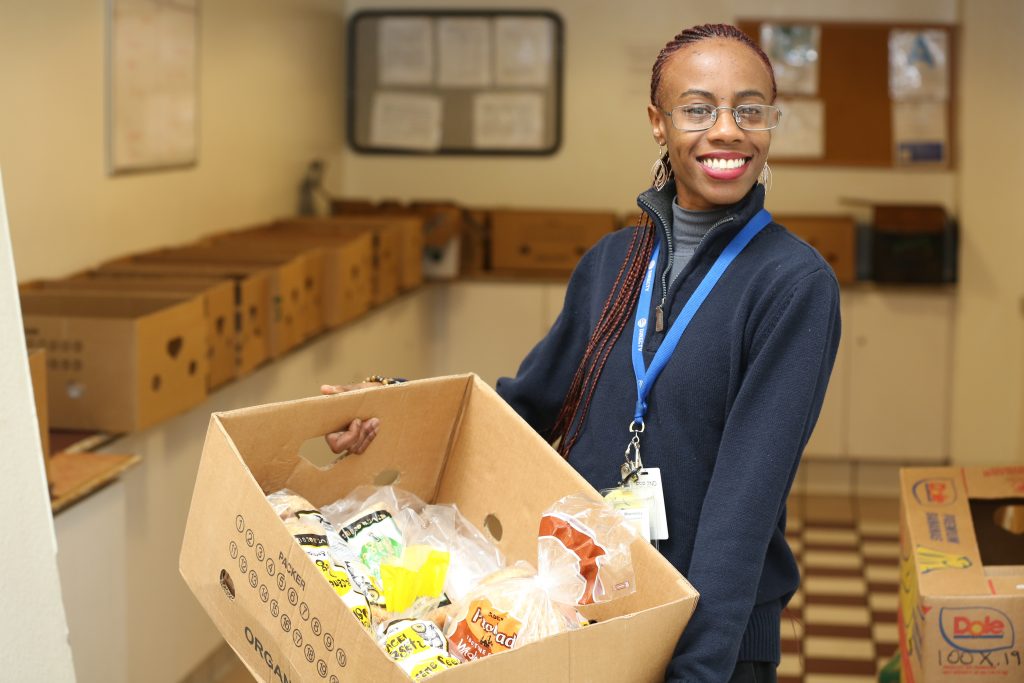3 in 10 of Our Neighbors in LA County
Experiences Food Insecurity
When you are food insecure, it means that you do not have reliable access to adequate nutritious food, or lack the resources to purchase it. A family is also considered food insecure when its members live in hunger, which is what you feel when you do not have enough to eat, or are in fear of starvation.
Five Key Facts About Food Insecurity:
There is no single face of food insecurity. The need for food assistance varies among children, seniors, college students, people with disabilities, veterans, the working poor, people experiencing homelessness, and others.
Food insecurity is often episodic and cyclical. People may require food assistance a single time, for a few months, or on a more regular basis.
People who face food insecurity must choose between buying food, and taking care of their families. Most low-income households in our service area spend close to 70% of their income on housing, with little left to pay for utilities, childcare, transportation, food, medical care, and other basic needs.
Food insecurity often goes hand in hand with housing insecurity, meaning many of the people our member agencies serve are close to or already experiencing homelessness.
Many food insecure households do not qualify for federal nutrition assistance programs. Eligibility for CalFresh, California’s food stamps (SNAP) program, is based on a nationwide standard that does not take into account the extremely high cost of living in Los Angeles County.

What is the Effect of Food Insecurity?
People who experience food insecurity can go days, weeks, months, or even years without giving their bodies enough of the foods and nutrients essential to live healthy lives. The results are far-reaching on both their mental and physical wellbeing.
For children in particular, food insecurity has devastating effects. Hunger weakens immune systems and stunts child development, making it difficult for a child to learn and thrive.
What Can Be Done?
Food assistance sets off a positive ripple effect on the well-being of individuals and the communities in which they live.
It is possible to end food insecurity in our communities by addressing both the immediate needs of those facing hunger and the root causes of food insecurity.

Help End Food Insecurity
With every dollar you donate, Westside Food Bank is able to provide five more pounds of food for people experiencing food insecurity while working to help improve the overall food safety network.
Donate NowData: USC Dornsife and Public Exchange Research Brief on Food Insecurity in Los Angeles County, July 2023


